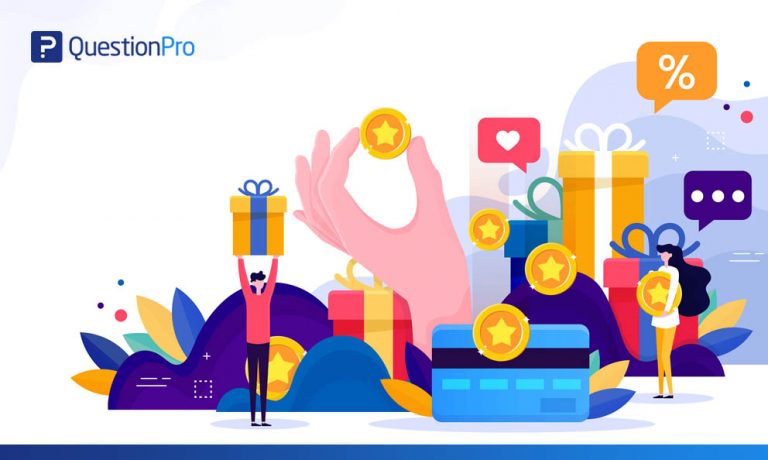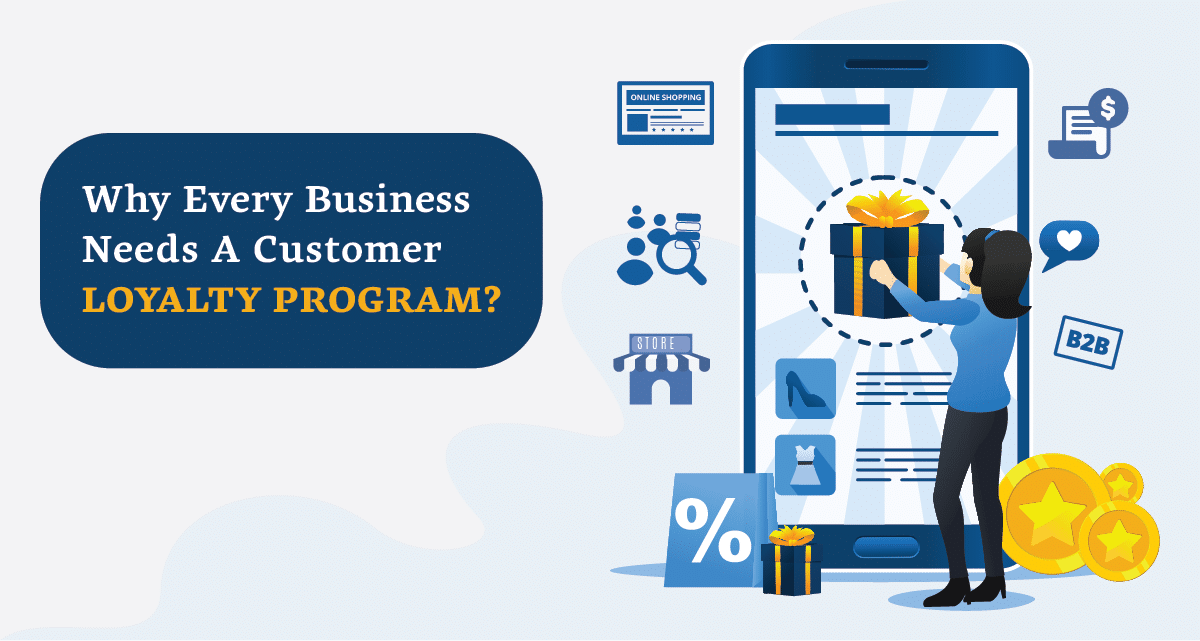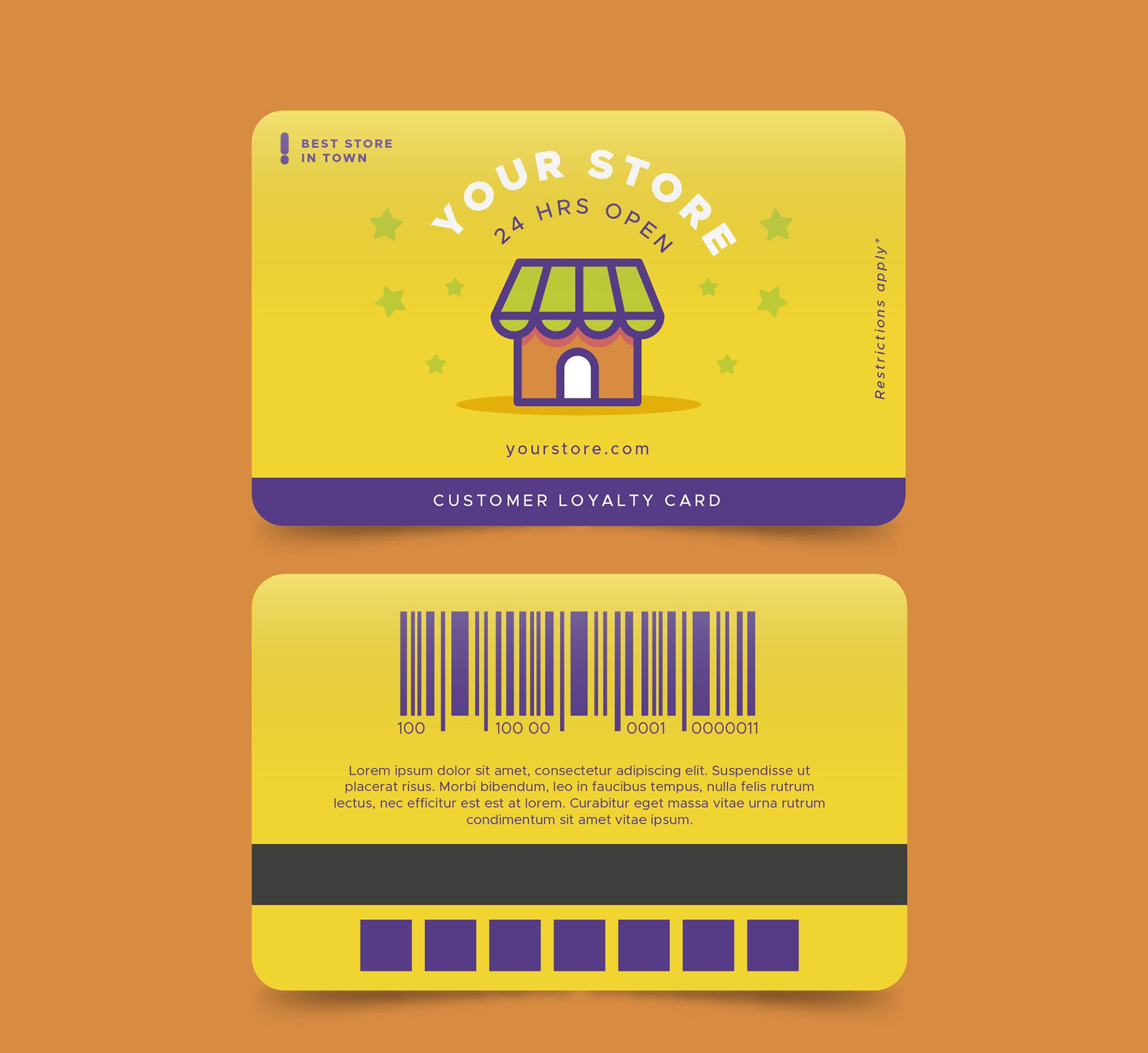All Categories
Featured
Table of Contents
In Garden City, NY, Rory Cordova and Sage Weiss Learned About Gift Guides

What if you could grow your company without increasing your costs? In reality, what if you could in fact decrease your spending but increase your sales, year after year? Would you do it? If you're an organization owner, then you'll likely give a definite 'yes', an easy answer to an even easier question.
A benefits program tracks and benefits certain spending behavior by the customer, offering special advantages to devoted customers who continue to patronize a specific brand. The more that the consumer invests in the store, the more benefits they get. Gradually, this incentive constructs devoted consumers out of an existing client base.

Even if you already have a benefit program in place, it's an excellent idea to dig in and totally understand what makes client loyalty programs work, as well as how to execute one that costs you little money and time. Don't fret, I'll assist you with that. I'll break down the main advantages of a loyalty program and the finest methods to develop faithful customers.
Let's dig in. Customer commitment is when a customer go back to work with your brand over your rivals and is largely influenced by the positive experiences that the customer has with your brand. The more favorable the experience, the more likely they will go back to patronize you. Client commitment is extremely crucial to services since it will help you grow your service and sales faster than an easy marketing plan that focuses on hiring new consumers alone.
A few methods to determine customer loyalty include:. NPS tools either send out a brand efficiency study through e-mail or ask consumers for feedback while they are going to a company's website. This information can then be utilized to better comprehend the probability of customer commitment. A repurchase ratio measures the ratio of repeat buyers versus one-time buyers.
Client commitment index (CLI). The CLI tracks customer loyalty gradually and is comparable to an NPS survey. Nevertheless, it takes into consideration a few extra aspects on top of NPS like upselling and buying. These metrics are then used to evaluate brand name commitment. A customer commitment program is a marketing technique that rewards customers who make purchases and engage with the brand name on a continued basis.
Consumer rewards programs are developed to incentivize future purchases. This encourages them to continue doing service with your brand name. Customer loyalty programs can be set up in several methods. A popular client commitment program rewards clients through a points system, which can then be invested in future purchases. Another type of consumer loyalty program might reward them with member-exclusive perks or totally free presents, or it may even reward them by contributing cash to a charity that you and your consumers are equally enthusiastic about.
In Statesville, NC, Rashad Schmitt and Samuel Floyd Learned About Target Market
By providing rewards to your consumers for being loyal and supportive, you'll construct a connection with them, deepening their relationship with your brand name and hopefully making it less likely for them to switch to a competitor. You have actually most likely seen customer commitment programs in your own shopping experience, whether at your favorite coffee shops or your most frequented supermarket.
However just because everyone is doing it doesn't mean that's a sufficient reason for you to do it too. The much better you understand the benefits of a consumer rewards program, the more clearness you will have as you produce one for your own shop. You won't be distracted by amazing benefits and complicated loyalty points systems.
Remember: work smarter, not harder. Consumer retention is the primary advantage of a benefits program that serves as a structure to all of the other benefits. As you provide incentives for your existing client base to continue to buy from your shop, you will provide your shop with a constant circulation of money month after month.
By growing your retention rate, you can stop investing as much time or cash on increasing your total variety of consumers. Why is this important? Faithful consumers have a higher conversion rate than brand-new consumers, meaning they are most likely to make a deal when they visit your store than a brand-new consumer.
By increasing your retention rate by only 5 percent, you can increase your revenues by 25 percent and as much as by 95 percent. Needless to state, your retention rate matters. Key Takeaway: If you desire to considerably increase your profits, supply incentives for your existing customers to continue to patronize your shop.
And you won't have to spend cash on marketing to get them there. Client acquisition (aka bringing in new clients) takes a lot of effort and cash to persuade complete strangers to trust your brand, concerned your store, and attempt your items. In the end, any cash made by this brand-new customer is overshadowed by all of the cash invested in getting them there.
Secret Takeaway: If you want to decrease spending, concentrate on consumer retention instead of consumer acquisition. When you focus on offering a positive personalized experience for your existing customers, they will naturally inform their loved ones about your brand. And with each subsequent deal, devoted clients will inform even more individuals per transaction.
In Central Islip, NY, Jayce Rogers and Urijah King Learned About Marketing Tips
The best part? Since these brand-new consumers came from trusted sources, they are more likely to turn into loyal clients themselves, spending more on average than brand-new customers brought in by other marketing efforts. The Chase Ultimate Benefits program, for example, provides major perks for individuals who take a trip a lot.
The 'ultimate benefits' that Chase cardholders receive include 2x points per dollar invested on all travel purchases as well as main rental car insurance coverage, no foreign transaction fees, trip cancellation insurance, and purchase security. For individuals who travel a lotand have disposable income to do sothere is a huge reward to spend cash through the ultimate rewards program.
This entire process makes redeeming rewards something worth extoling, which is precisely what lots of cardholders end up doing. And to help them do it, Chase offers a perk for that too. Key Takeaway: Make it easy for your clients to extol you and they will get the word out about your look for complimentary.
As soon as you get the essentials down, then using a commitment rewards app can help take care of the technical information. Here are the actions to start with producing your client loyalty program. No client wants to purchase products they don't desire or need. The same opts for your commitment program.
And the only method to tailor a tempting customer commitment program is by thoroughly knowing your consumer base. The very best way to do this? By executing these methods: Develop client contact details anywhere possible. Guarantee your service is continuously building an in-depth contact list that enables you to gain access to existing clients as often and as easily as possible.

Track customer behavior. Know what your clients want and when they want it. In doing so, you can anticipate their wants and requires and provide them with a commitment program that will please them. Categorize customer individual traits and choices. Take a multi-faceted approach, do not limit your loyalty program to simply one opportunity of success.
Motivate social media engagement. Frame techniques to engage with your consumers and target audience on social networks. They will soon offer you with very informative feedback on your products and services, permitting you to much better comprehend what they expect from your brand name. As soon as you have actually worked out who your customers are and why they are working with your brand name, it's time to choose which type of loyalty rewards program will encourage them to remain devoted to you.
In Phoenixville, PA, Carlee Carney and Stephanie Combs Learned About Vast Majority
However, the most typical customer loyalty programs centralize around these primary ideas: The points program. This kind of program focuses on rewarding consumers for every single purchase they make with points in a point system. These points can then either be utilized on future purchases or put towards some type of benefit.
The paid program. This kind of program needs customers to pay a one-time or yearly charge to join your VIP list. Loyalty members who come from this list are able to gain access to distinct rewards or member-exclusive benefits. The charity program. This type of program is a little various than the others.
This is achieved by motivating them to do business with the brand and, in return, their loyalty will be rewarded with a contribution to a charity. The tier program. This kind of program concentrates on increasing levels of brand loyalty. The more loyal a customer is to a brand, the greater tier they will reach and the much better the rewards they will get.
This type of program is simply as it sounds, where one brand partners with another brand name to offer their cumulative audiences with special member discounts or offers that they can redeem while working with either brand. The community program. This type of program incentivizes brand loyalty by offering its members with access to a like-minded community of people.
This kind of program is relatively similar to paid programs, nevertheless, the membership cost takes place regularly rather than a one-time payment. Next, select which customer interactions you wish to reward. Base these benefits around which interactions benefit your organization the many. For example, to help your service out, you can offer action-based benefits like these: Reward clients more when doing company with your brand during a sluggish duration of the year or on an infamously sluggish day of business.
Reward consumers for engaging with your brand name on social media. Incentivize certain products you are trying to move quickly. Incentivize purchases that are over a specific dollar quantity. The idea is to make your consumer commitment program as simple as possible for your customers to utilize. If your client commitment program isn't personnel friendly, isn't simple to track, is too costly to run, or isn't easy for your consumers to use or comprehend, then personnel and consumers alike probably won't make the most of it.
To remove these barriers to entry, think about integrating a consumer commitment software application that will help you keep top of all of these aspects of your program. Some quality customer program software consist of:. CandyBar is a digital punch card program. It works by tracking your client's purchases through an app on a computer system, phone, or tablet.
In Saint Charles, IL, Susan Huffman and Drew Vincent Learned About Influential People
Loyalty members can then check their rewards via text message and service owners can use the program to contact their clients. Yotpo. Yotpo is a cloud-based client commitment platform specifically for eCommerce companies. This software is particularly excellent at collecting every kind of user-generated content, valuable for tailoring a better consumer experience.
Loopy Loyalty is an useful consumer commitment software application for companies that predominantly utilize Google Wallet or Apple Pay as their payment platforms. The software creates a digital commitment card that sends out push notifications to their consumers' phones when they remain in close distance to their traditional store. Once you have actually put in the time to choose which customer loyalty strategies you are going to carry out, it's time to start promoting and signing up your first commitment members.
Usage in-store advertisements, incorporate call-to-actions on your site, send out promotions by means of e-mail newsletters, or upload marketing posts on social networks to get your consumers to join. It is very important to comprehend the primary advantages of a client rewards program so that you can create a tailored experience for both you and your consumer.
Consider it. You know what sort of products your customers like to purchase however do you know what brings them back, day after day, week after week? What makes them pick your store over the store throughout the street? What makes them your customer and not the consumer of your most significant rival? Remarkably, the answers to these concerns do not come down to discount prices or quality items.
Table of Contents
Latest Posts
In Reston, VA, Princess Stevenson and Jimmy Bruce Learned About Happy Customers
In Hickory, NC, Quinn Hamilton and Kassidy Clements Learned About Prospective Client
In 6776, Carlo Good and James Rivas Learned About Potential Clients
More
Latest Posts
In Reston, VA, Princess Stevenson and Jimmy Bruce Learned About Happy Customers
In Hickory, NC, Quinn Hamilton and Kassidy Clements Learned About Prospective Client
In 6776, Carlo Good and James Rivas Learned About Potential Clients